The first generation Leica Summicron 35mm f/2 eight-element lens with attached optics, often called goggles, were made for the Leica M3 to convert its .91x 50mm finder frame, the widest it has, to a 35mm one. It was only later that Leica offered the M2 with a .72x finder optimized for its 35mm frame that required no optics for 35mm lenses.
The first Leica I ever bought was the M3, with a Summicron 50mm f/2 lens. While I love the 50mm focal length, I quickly found myself wanting a 35mm lens for street photography. For the M3, because the widest finder frame is the 50mm one, if you want to use a 35mm lens without having to resort to an external finder, you have no choice other than the made-for-the-M3 Leica models with optics. So I acquired the Summicron 35mm f/2 with goggles.
People who are familiar these Leica 35mm lenses with optics, which in addition to the Summicron f/2 also include two versions of the Summilux f/1.4 as well as two Summaron lens versions of f/2.8 and f/3.5, know that these lenses with optics work fine on just about any other Leica M model. They choose the 50mm frame, including on the analog M2, M4, M5, M6, M7, M-A, MP, and even the digital M9 and M240. The only likely exception is the M10 because Leica, as a compromise for making the camera body thinner, extended the lens mount about two millimeters, compromising the accuracy of the goggles.
So why use a 35mm Leica lens with optics on any M body other than the M3? Well, if you wear glasses, like I do, you are unlikely to be able to view the entire 35mm frame in the finder all at once. The widest I can view is the 50mm frame on all other models, which is why I use the Summicron 35mm with optics on all Leica bodies I own, including the M240. Also, the first generation Summicron 35mm f/2 the lens is from Leica’s golden years, and is better built than any subsequent Leica Summicron 35mm. The focus is exceedingly smooth and tight, as is the aperture ring. The barrel is brass, and there are no plastic parts to be found.
The optics always draw gazes from people and comments about how cool my camera looks. You would think that all this metal and glass would weigh a ton, but in fact this Summicron 35mm is lighter than the current aspherical model, even with the optics!
Looking up the serial number, which you can do here, dates the production of my lens as 1963. Leica made these lenses both in Midland, Ontario in Canada and in Wetzlar, Germany. Mine happens to be Canadian made. Leica’s quality control in Canada at the time was exacting, and I can discern no difference between the German and Canadian made versions.
Despite being an old lens, the optical quality is excellent. You would be unable to distinguish the quality of an image produced with this lens compared to contemporary models. You might detect some fuzziness and falloff in the corners at f/2, but even then you would have to be counting pixels. And really, who ever views a photo and actually cares about sharpness in the corners? The lens excels in monochrome, for which it was likely optimized. Subtle tones and contrast are beautiful, but judge the results for yourself!
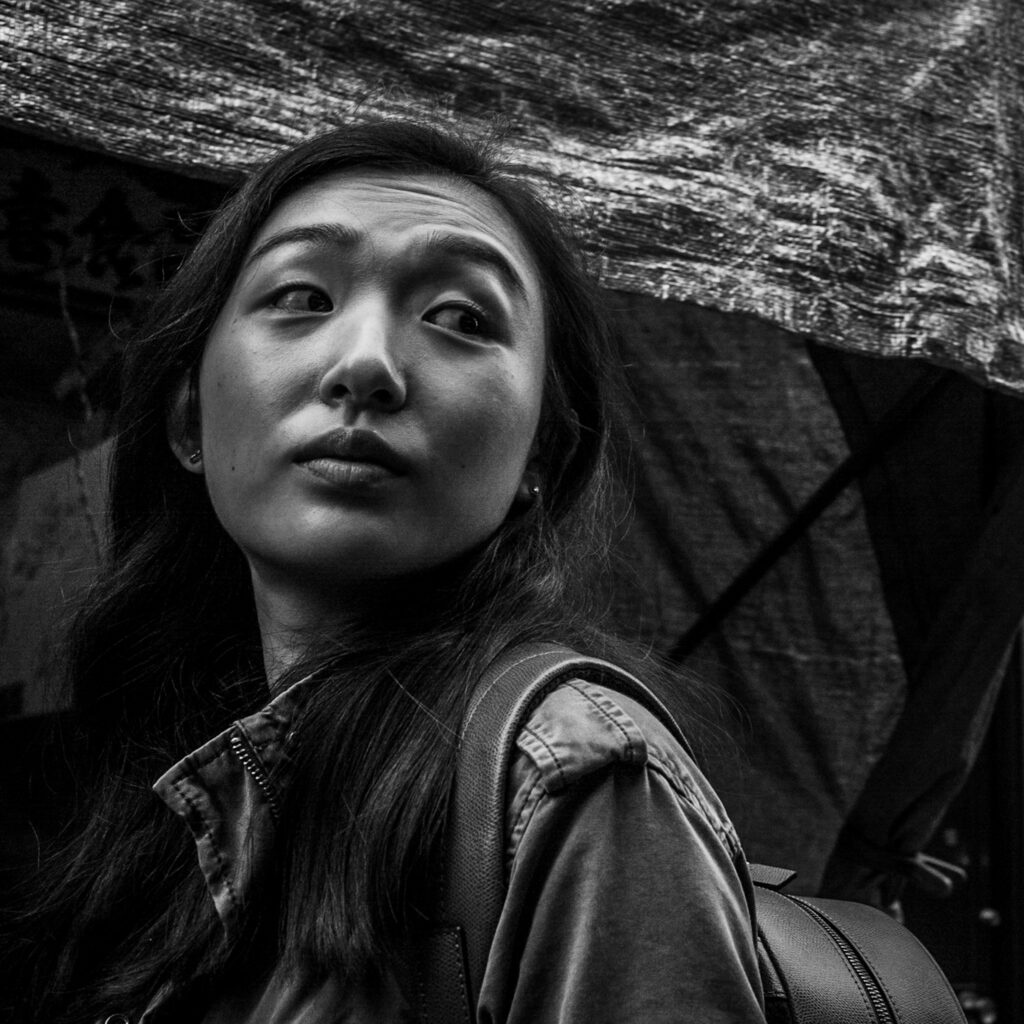

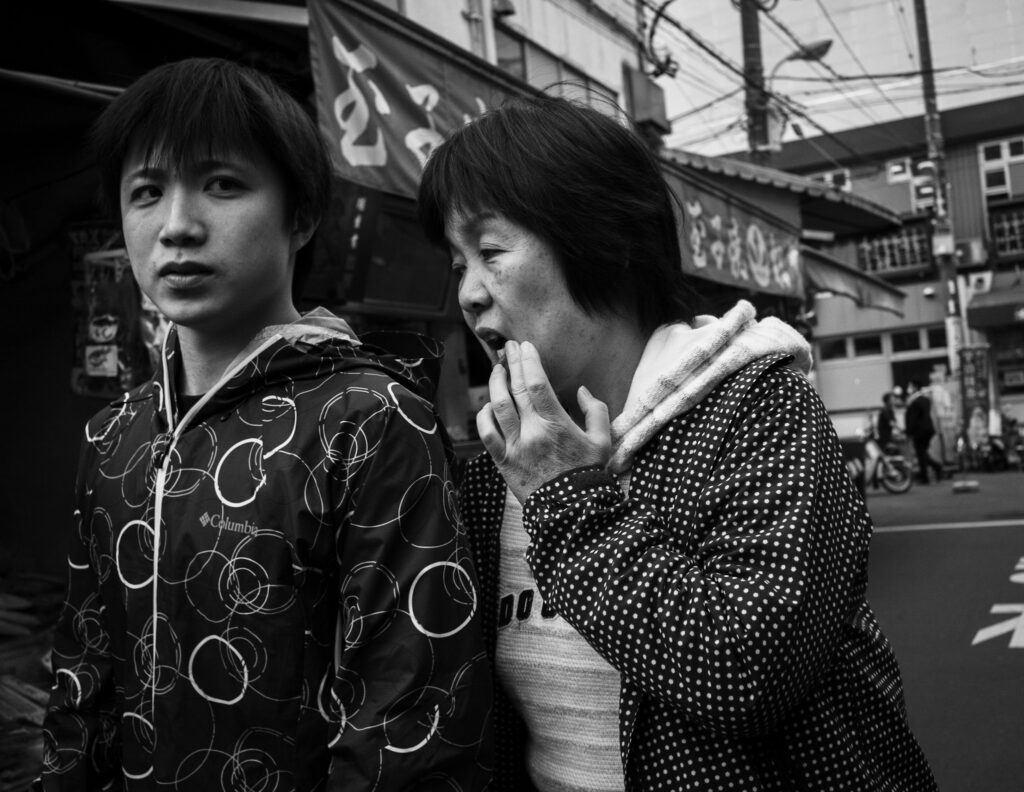


If you are interested in buying one of these lenses, you had better hurry up. They are becoming harder and harder to find, and I have noticed the prices have increased significantly during the last four years since I bought mine.
I am a street photographer who lives in Japan. If you would like to see more of my work, have a look at my website bleisteinphoto.com, or my Instagram @sbleistein
Share this post:
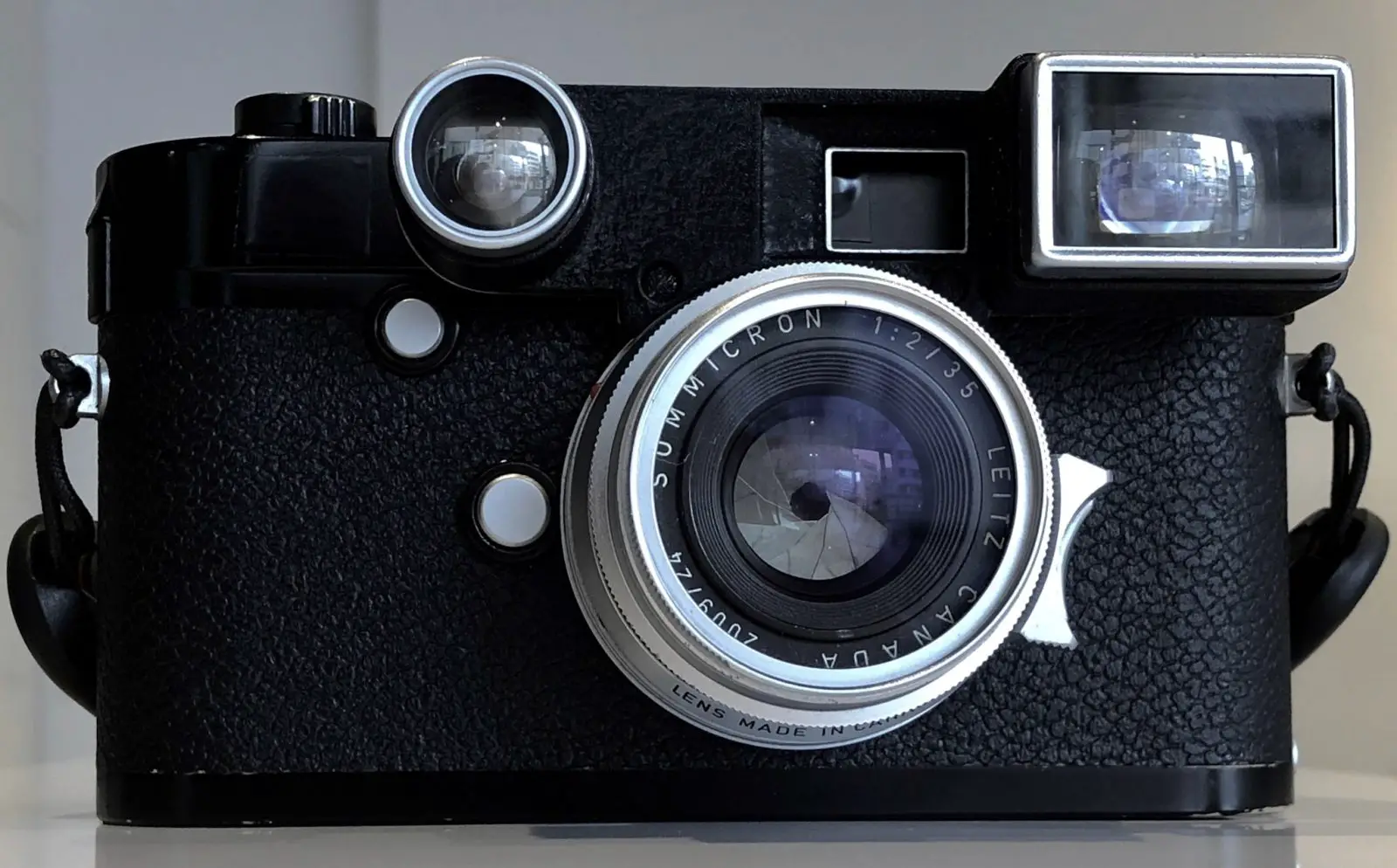


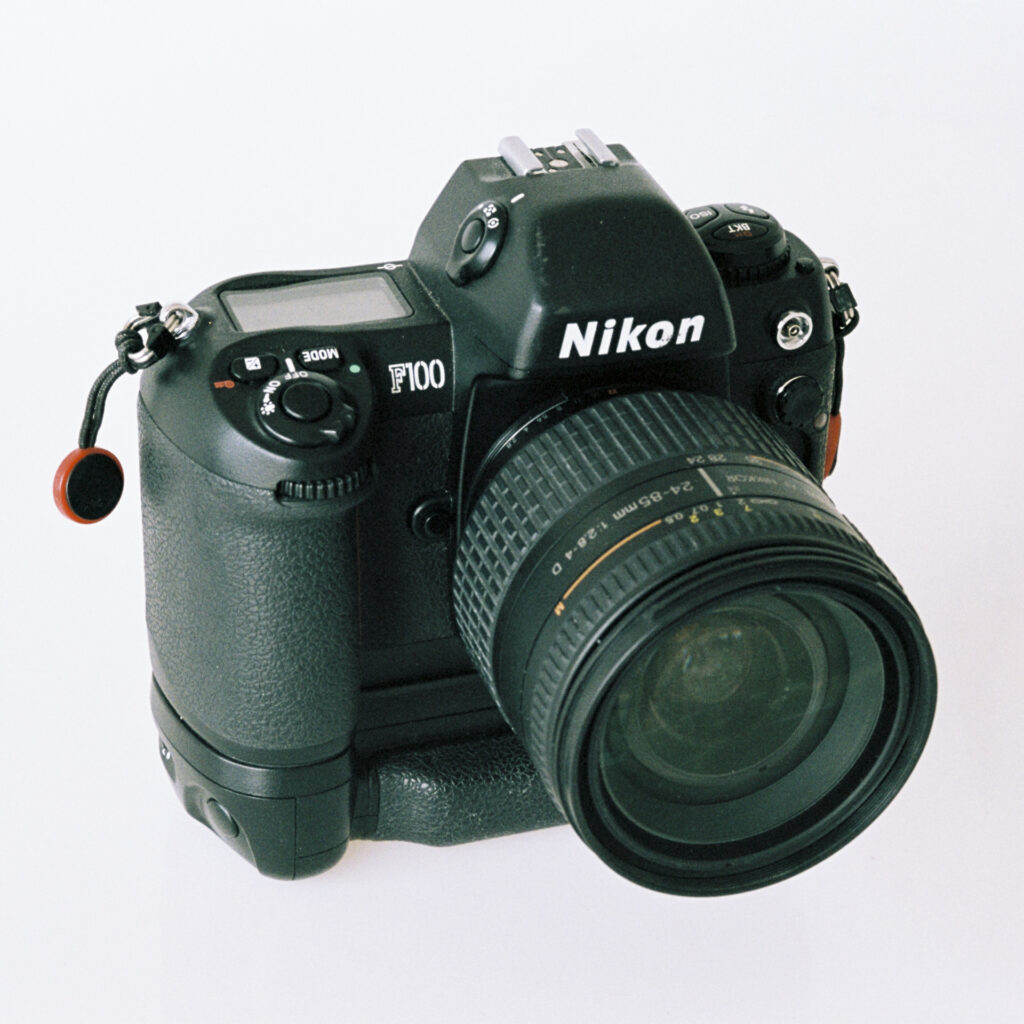
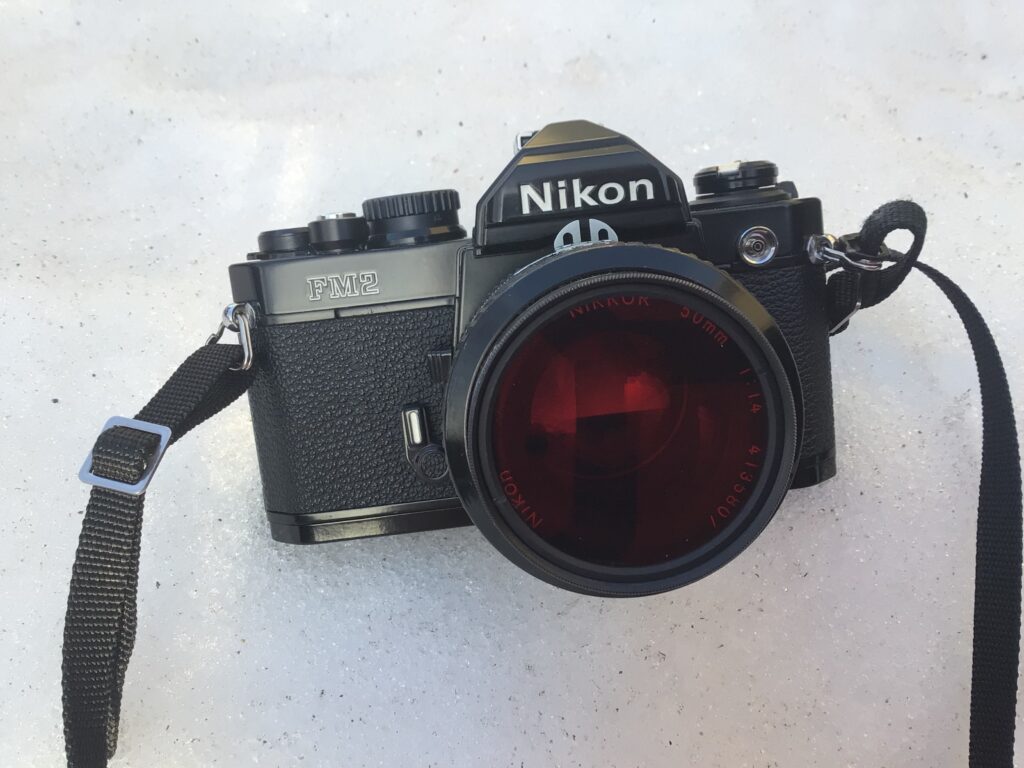




Comments
Terry B on Leica 35mm f/2 eight-element Summicron and Leica M240 – Candid Portraits – By Steven Bleistein
Comment posted: 04/06/2019
I appreciated your observation about the comments you get when out and about with the goggles attached. When I used to take out my "fully loaded" M3, that is f3.5/35 Summaron with googles and MC meter attached, that combo would certainly get quizzical looks both from the uninitiated and those in the know, the latter of whom would sometimes come and look more closely at it. I have the special ERC that Leitz made for the goggles equipped M3, which comprised of the same saddle with an enlarged nose section.
Comment posted: 04/06/2019
Comment posted: 04/06/2019
Comment posted: 04/06/2019
Huss on Leica 35mm f/2 eight-element Summicron and Leica M240 – Candid Portraits – By Steven Bleistein
Comment posted: 04/06/2019
Comment posted: 04/06/2019
Greg M on Leica 35mm f/2 eight-element Summicron and Leica M240 – Candid Portraits – By Steven Bleistein
Comment posted: 04/06/2019
Great photo of the guy with the American flag T-shirt.
Comment posted: 04/06/2019
Kodachromeguy on Leica 35mm f/2 eight-element Summicron and Leica M240 – Candid Portraits – By Steven Bleistein
Comment posted: 05/06/2019
Comment posted: 05/06/2019
Comment posted: 05/06/2019
Comment posted: 05/06/2019
David K. on Leica 35mm f/2 eight-element Summicron and Leica M240 – Candid Portraits – By Steven Bleistein
Comment posted: 06/06/2019
When I was a kid my dad had an M2 with v1 35mm and "rigid" 50mm Summicrons. Digitizing his Kodachromes and b&w negatives a few years ago reminded me of how great those lenses were and still are. I have the 50mm and now use it on the M3 but at some point, for reasons I don't remember, my dad sold or gave away the 35mm. I do remember handling and using it, though I didn't appreciate at the time how well built the early '60s Leitz lenses were. Precision optical machines.
Comment posted: 06/06/2019
Justin Mueller on Leica 35mm f/2 eight-element Summicron and Leica M240 – Candid Portraits – By Steven Bleistein
Comment posted: 06/06/2019
Comment posted: 06/06/2019